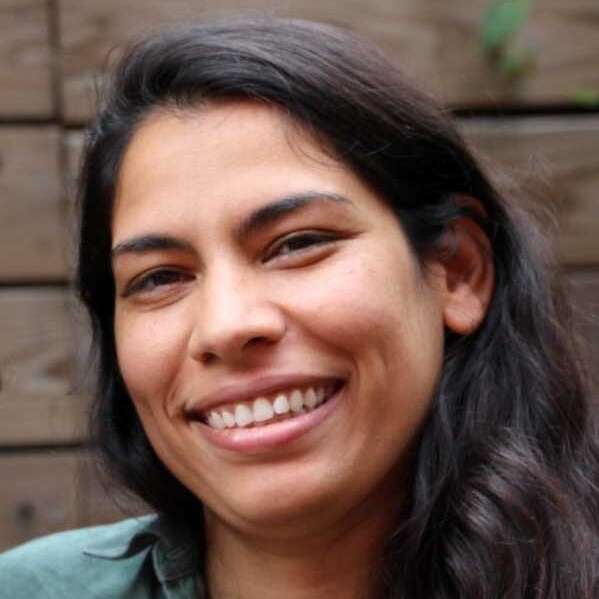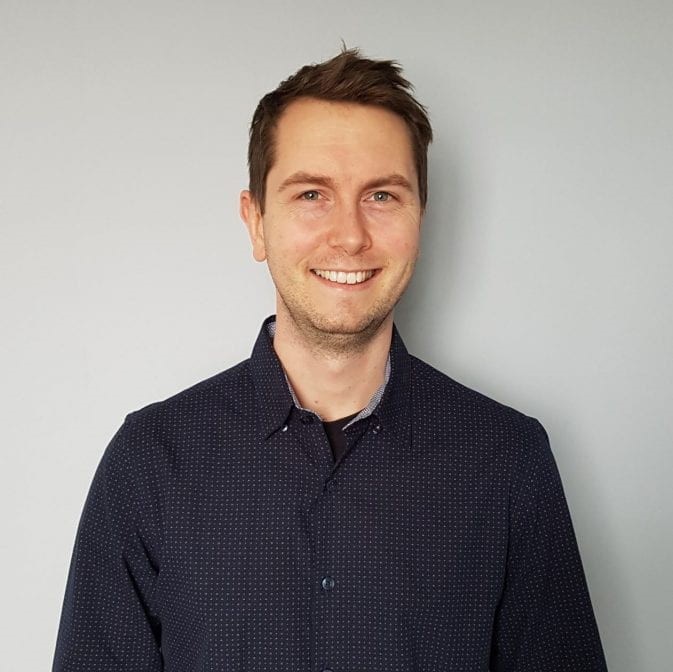Two U of G researchers will lead international teams aiming to expand the boundaries of fundamental life science knowledge with funding from the highly competitive Human Frontier Science Program (HFSP).
Dr. Jackie Goordial, an environmental microbiologist in the School of Environmental Sciences within the Ontario Agricultural College, will investigate the atmosphere as a living, breathing ecosystem with colleagues from Australia, the U.K., and the U.S. The team will receive US$1.29 million over three years.
Dr. Derek O’Flaherty, a nucleic acid chemist in the Department of Chemistry within the College of Engineering and Physical Sciences, will explore the origin of life on Earth with colleagues from the Netherlands and France. The team will receive US$1.2 million over three years.
Administered by the International Human Frontier Science Program Organization in France, the HFSP supports innovative and interdisciplinary life sciences research by enabling international collaboration among researchers.
The two teams are among seven worldwide who received early-career research grants.
“This exceptional support from the Human Frontier Science Program for two of our tremendous University of Guelph researchers, enabling them to collaborate across global boundaries, will advance fundamental knowledge about the world and lay the groundwork for scientific breakthroughs to come,” said Dr. Malcolm Campbell, vice-president (research).
“Such international recognition underscores the curiosity, creativity, and drive for research excellence that distinguishes University of Guelph researchers in Canada and around the world.”
Microbial life in the atmosphere

The members of Goordial’s team study microorganisms living in environments where their survival seems almost impossible, such as in arctic deserts, under the seabed, and below Earth’s surface.
Their HFSP project was prompted by the recent discovery that microbial organisms can sustain themselves on small amounts of gases such as carbon monoxide and hydrogen, Goordial said.
“We know there are microbes in the atmosphere, but it’s mostly been thought they are dispersed by wind, dust or water, picked up until they are dropped somewhere else,” she said.
“But what if they are living on trace gases? What if the atmosphere is actually a biosphere, one that connects every country on our planet?”
Goordial will work with Dr. James Bradley, Queen Mary University of London, U.K.; Dr. Chris Greening, Monash University, Australia; and Dr. Elizabeth Trembath-Reichert, Arizona State University.
The origin of life

Flaherty’s team will investigate the chemistry behind how primitive self-sustaining cells emerged from non-living matter.
Scientists have traditionally used two approaches to investigating how protocells began to self-replicate, said O’Flaherty.
In one model, the conditions for the formation of life were enabled by liposomes — membrane-bound structures containing organic molecules, like proteins, fats and nucleic acids, he said. In the other, they were provided by coacervates, unbounded droplets that form when certain organic substances come together in a solution.
“But there is evidence that both these structures could have been present on early Earth,” said O’Flaherty. “We wondered what would happen if we studied whether liposomes and coacervates could work together, perhaps mutually helping one another to benefit early lifeforms.”
He will work with Dr. Claudia Bonfio, Supramolecular Science and Engineering Institute, France; and Dr. Evan Spruijt, Radboud University, the Netherlands.
